Toyota GR Supra vs Litchfield vs Auto Torque
The tuners are only just getting started, but already the 500hp Supra is a thing - we try a couple of variations on the theme

Safe to say, the return of the Toyota Supra has been well-received. Sure, there's been some 'Z4 in Samurai costume' sniggering. But if the choice is that or no Supra at all let's agree the car world is richer for its presence.
Not least because, unlike the GT86 that launched to similar moist-palmed anticipation, nobody can possibly accuse the Supra of being underpowered. Interestingly both cars were developed under the same guy - Tetsuya Tada. He remained unapologetic about the purist focus on modest power and slip over grip in the '86. When he talked to Supra fans, though, the order was clear - turbo straight-six, big power, rear-wheel drive. And Toyota has delivered, seemingly with a tacit wink to owners to unleash more still.
We know that because early cars found their way to folk like Litchfield pretty much as soon as tyres touched UK soil. And in America the recent SEMA tuning show boasted wall-to-wall Supras, the advantage of shared BMW tech being the engine's potential was already well-known.


Having missed out on the first wave of Supra drives I was keen to get behind the wheel of the standard car. But also for a sense of what more could be unleashed. Inspiration enough for a bit of a roadtrip to visit those already playing with the cars.
Chances are you've read plenty of Supra roadtests already. Suffice it to say, the standard car's listed 335hp and 369lb ft feels pretty healthy, even against a chunky 1,570kg kerbweight. Given the straight-six, rear driven traditions, collaboration with BMW was a no-brainer, likewise the tuning potential of a turbocharged engine.
Inevitably, the BMW bits in the Supra's interior are obvious enough. The boldness of the exterior design more than makes up for that to my mind, though, as does the very obviously different calibration of the engine, transmission, diff and reimagined turbo nutter Japanese muscle car vibe. I'd have it over the Z4, any day of the week.

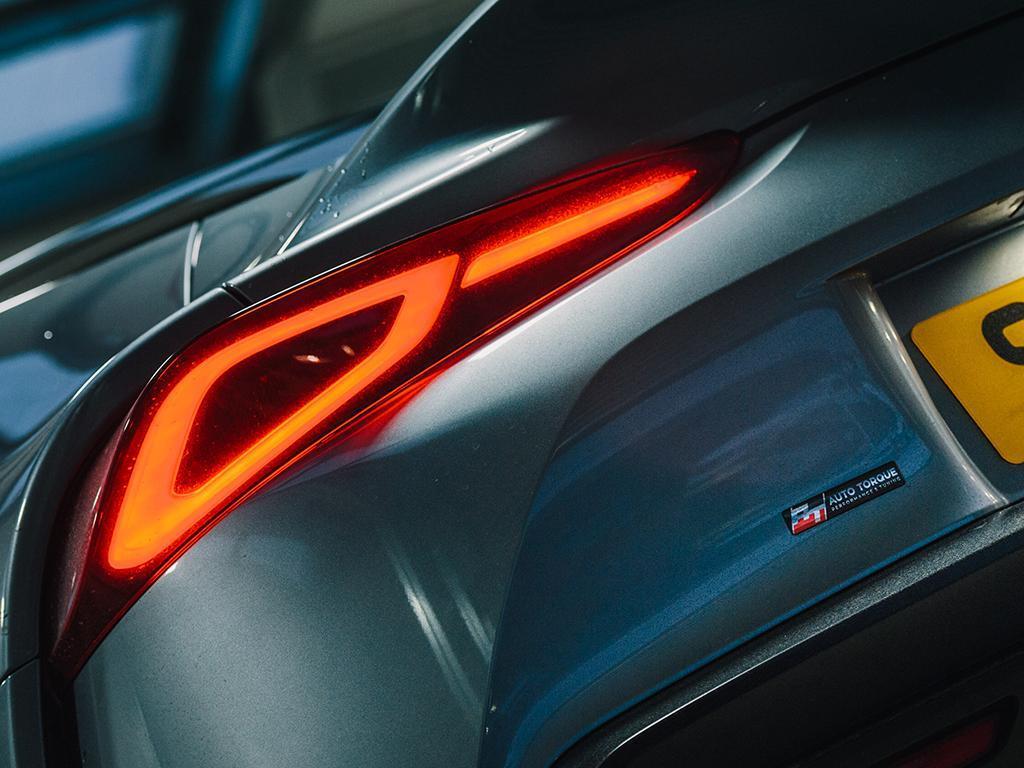
First stop is Auto Torque outside Bicester. MD Chris Marshall cut his teeth on Evos before - inevitably - turning to Nissan GT-Rs and sees huge opportunity in the Supra. Appropriately we slot 'our' car between a GT-R on one side and an Evo on the other before sitting down over a brew to find out what they've cooked up. Good news? From their own experience and that of other owners it seems Toyota is being somewhat modest in its power claims. A very healthy 360hp out of the box was a sign of the headroom in the package, an ECU tickle taking that to well over 400hp without too much bother. Experience of tuning turbo engines quickly identified improved breathing as an easy route to more power, hence a new de-cat downpipe and OPF delete, fabricated to spec by a trusted supplier. By the next time it hits the dyno they reckon they'll easily clear 500hp - a decent return on the £1,800 or so they're asking.
For those clutching their pearls about the ethics of cat and particulate filter deletes Chris readily asserts a high-flow equivalent would realise most of the improvements while retaining compliance for any future MoT test. For now it's simply a case of exploring how much headroom they've got to play with.
Assessment in this instance will have to come from the passenger seat as Auto Torque's engine man Paul guns it along the local test route. Needless to say, 500hp unlocks a very different beast, pick-up clearly sharper in-gear and builds to giggle-worthy acceleration in a flash. I've been impressed with the standard car's ability to find traction even on greasy autumnal roads, Toyota's calibration of the active diff showing rather more finesse than BMW's. It's getting rather more of a workout with the Auto Torque car but it still feels well up to the job, even with stock running gear.
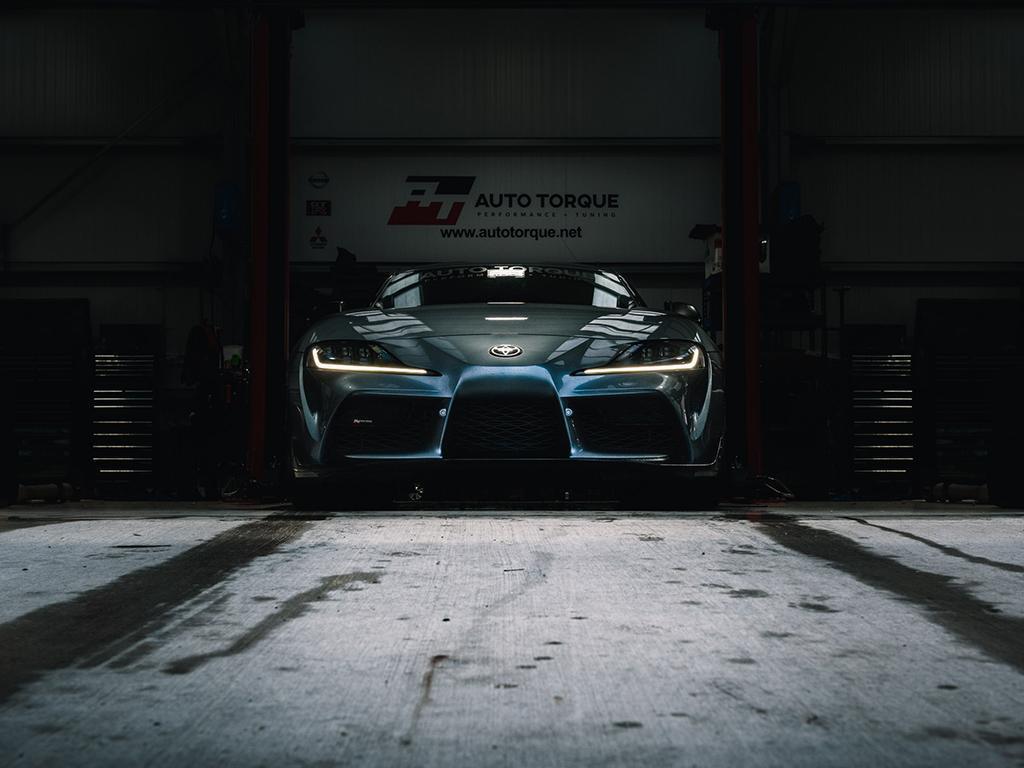
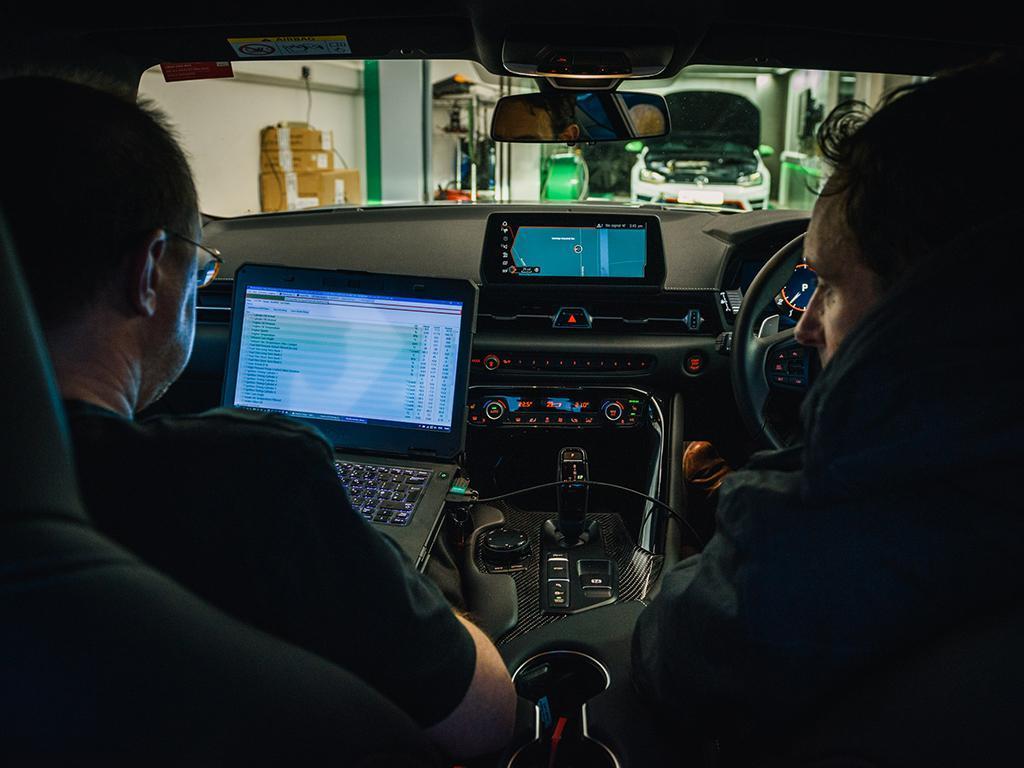
Chatting with Paul and Chris on our return they agree most cars have a sweet spot for tuning, where gains are significant but don't require significant hardware changes. Chris says 400hp or so for an Evo is about right, 650-plus well within tolerances for GT-Rs. So, what do they reckon for this new Supra? Paul pauses for a moment. "I dunno, 750 or so I think." To that end they're already working on a replacement turbo with a bigger compressor for more boost, along with various other mods. Before doing any of that Paul recommends any new Supra owner get the geometry checked, the factory fresh ones they've looked at seemingly "all over the place" while a proper set-up can have a transformative effect. Worth knowing.
Next stop Litchfield, experience developing packages for BMWs with the same engine meaning they've hit the ground running with a 440hp/450lb ft Stage 1 package and a Stage 2 downpipe/OPF delete equivalent to Auto Torque's set-up, releasing 473hp and 473lb ft. They can also sell you a Remus cat-back system too, which should unleash yet more straight-six goodness. Just before leaving I get a call from Iain Litchfield to say he's sold the car, though. Far from being a deal-breaker this in fact opens up an additional plotline, given the buyers are software experts EcuTek, inspired by the SEMA Supras to get cracking with their own developers' package. Hence to their base in Uxbridge, first to try the Litchfield car and then find out how they do what they do.
Tech talk can wait - the light is fading and we need to get some wheel time and photos for the Litchfield car while we can. Burbling through the 'burbs it sounds menacing enough, the welcome sight of an NSL sign and squirt of dual carriageway offering opportunity to select the Sport map and let rip. The response? Let's just say it's a fruitier variation of "hell YEAH!" as snapper Sim in the standard car is reduced to a speck in the mirror.

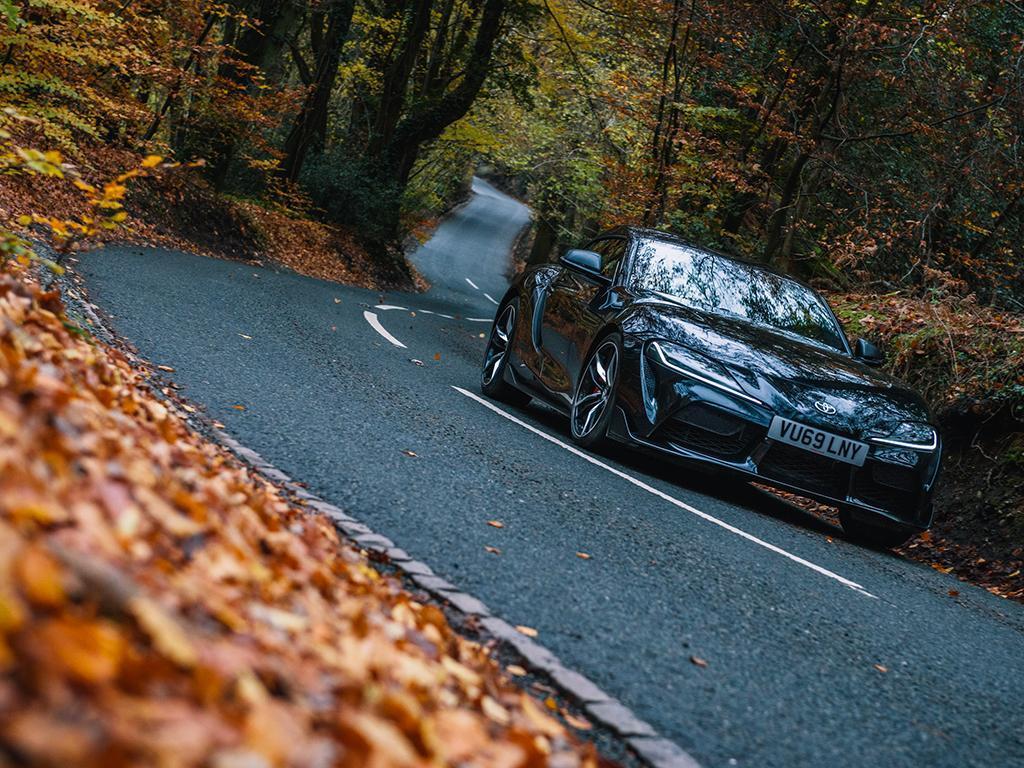
In standard form the single turbo straight-six has decent response for a forced induction engine, helped by the cylinder and cc count. In the modern way it's a lugger rather than a revver, filling its lungs quickly for a decisive huff of boosted acceleration when called for. The stock drivetrain feels well on top of it, the diff hooking up quickly with little need for electronic intervention. The Litchfield car? Let's just say more of everything, sharper response from the turbo erupting into a properly fearsome wedge of exploitable power from low revs to the redline. The car takes it in its stride, even on a damp road. But it's a very different proposition from the standard one. In a good way. It sounds angrier too, the crisp bark on start-up complemented with a deeper tone throughout the rev range, a more noticeable rush of air through the induction system and a crackle of bangs and pops on the overrun. This is a seriously rapid car. But feels like it's what Toyota intended all along.
So to EcuTek - software developers building the tools Litchfield, Auto Torque and their like use to create their maps. Put simply, they are the Bletchley Park codebreakers of the business, commercial manager Tobin Sinclair explaining that to the uninitiated a raw engine map is little more than a stream of numbers. Their job is to make sense of that and develop a user-friendly interface so tuners can create their own proprietary maps.
Sounds complicated but consider them the electronic equivalent of fancy damper suppliers like Ohlins or KW and you get a sense of it. In the case of designer-brand coilovers you're paying for the quality of workmanship and reputation of the company producing them. But it's down to the skill of the guys fitting them to configure the correct combination of clicks, geometry and the rest to realise the increased capability. In much the same way EcuTek provides the means for tuners to build their own maps appropriate to whatever other mechanical changes they may be making, be that an initial software tune or a more involved one combined with changes to injectors, turbos, intakes or exhausts.

At SEMA Tobin says tuners were begging for a Supra version of EcuTek's user-friendly interface to help them realise the car's potential. Suffice it to say, as soon as they got back they were on the hunt for a car, the long-standing relationship with Litchfield realising a mutually beneficial transfer of ownership so they can get it on their rolling road, interrogate the ECU and start building the software. "User friendly" is a relative term though, the range of parameters you can play with revealing just how involved modern tuning has become.
Keen to build the brand's public image, EcuTek has already developed end-user applications too, including a phone app through which drivers can easily tweak the map for road conditions, dial in how many exhaust pops and bangs they want with a simple on-screen slider and more besides. Litchfield is among those already delivering these features to customers, the LM20 GT-R offering exactly that kind of app-controlled plug and play functionality for owners.
From expectations of simply comparing a 500hp Supra with a standard one it's turned into an illuminating couple of days, my eyes opened to just how much goes into these relatively simple sounding power upgrades. Forum response to the recent Litchfield package for the latest 992 Porsche 911 suggests not all owner communities are as receptive as some. But the culture around Supras has always been about tuning and it's good to know Toyota has built a platform to support that. And if 750hp is the sweet spot I'll be first in the queue.


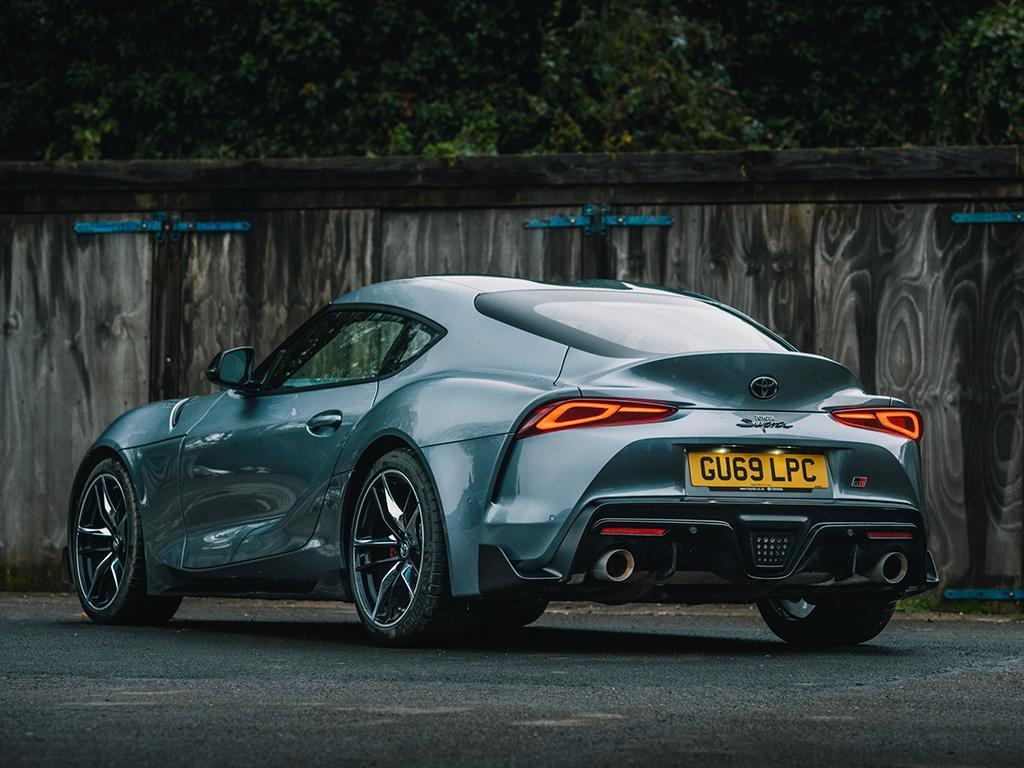


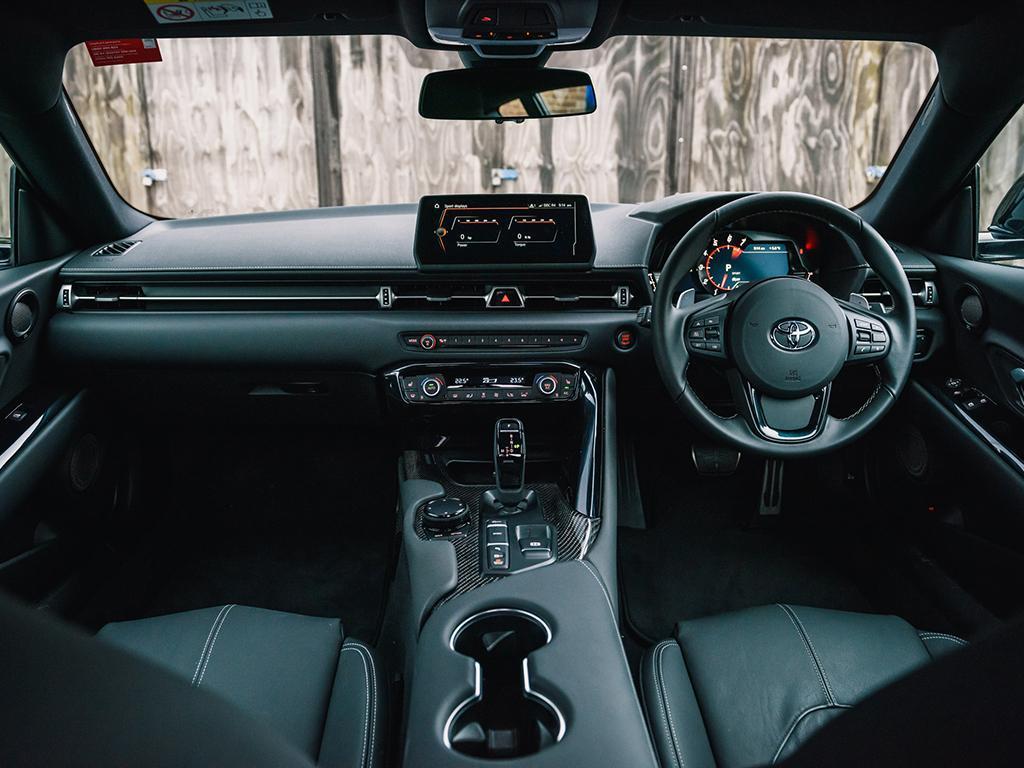
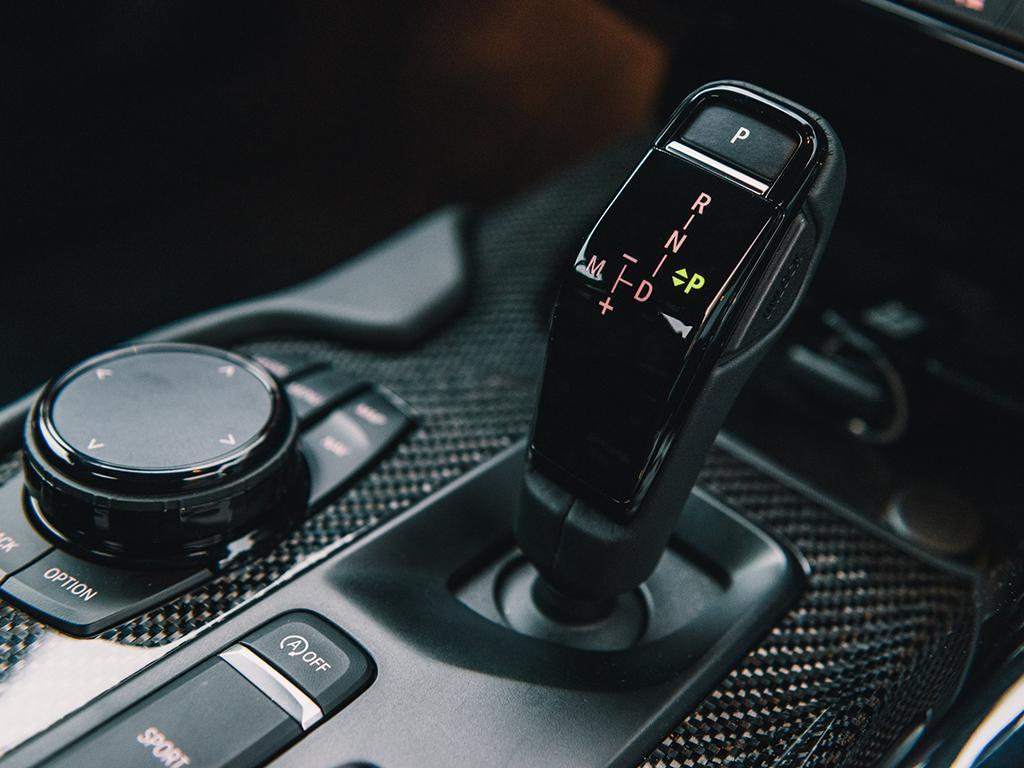

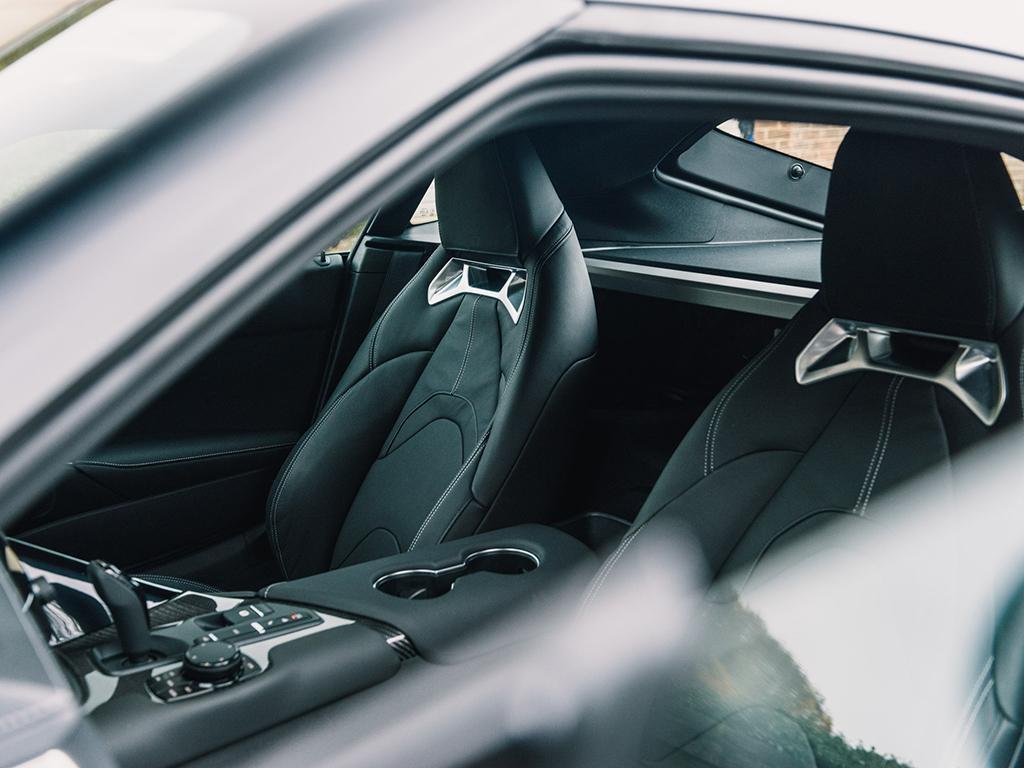
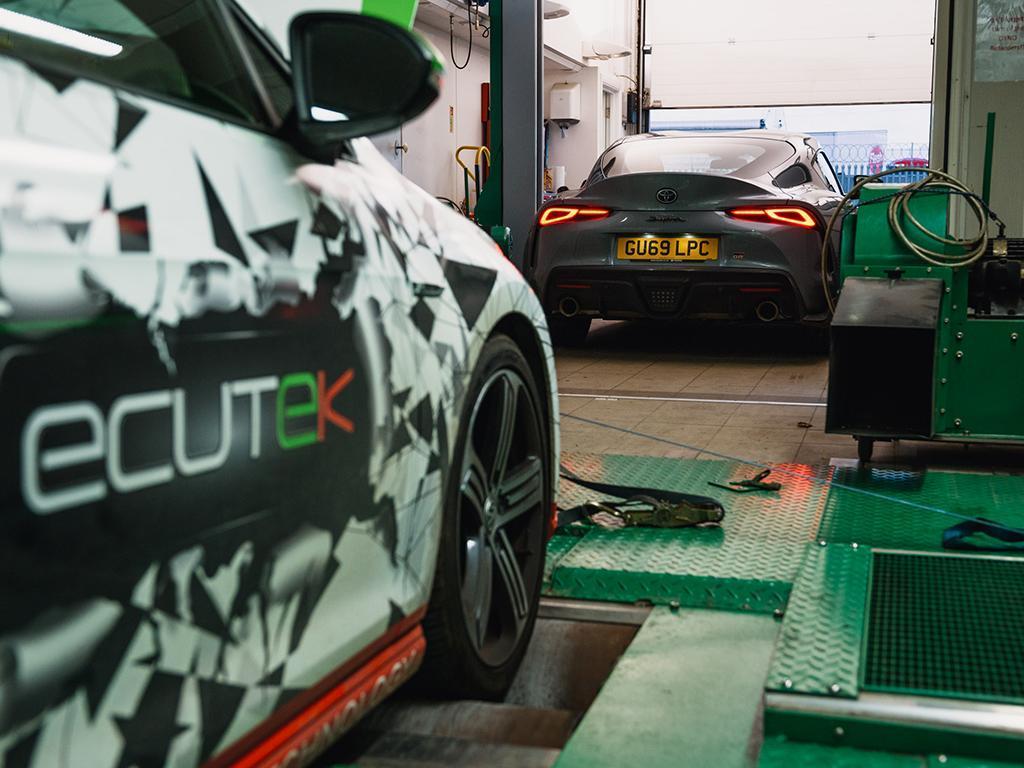

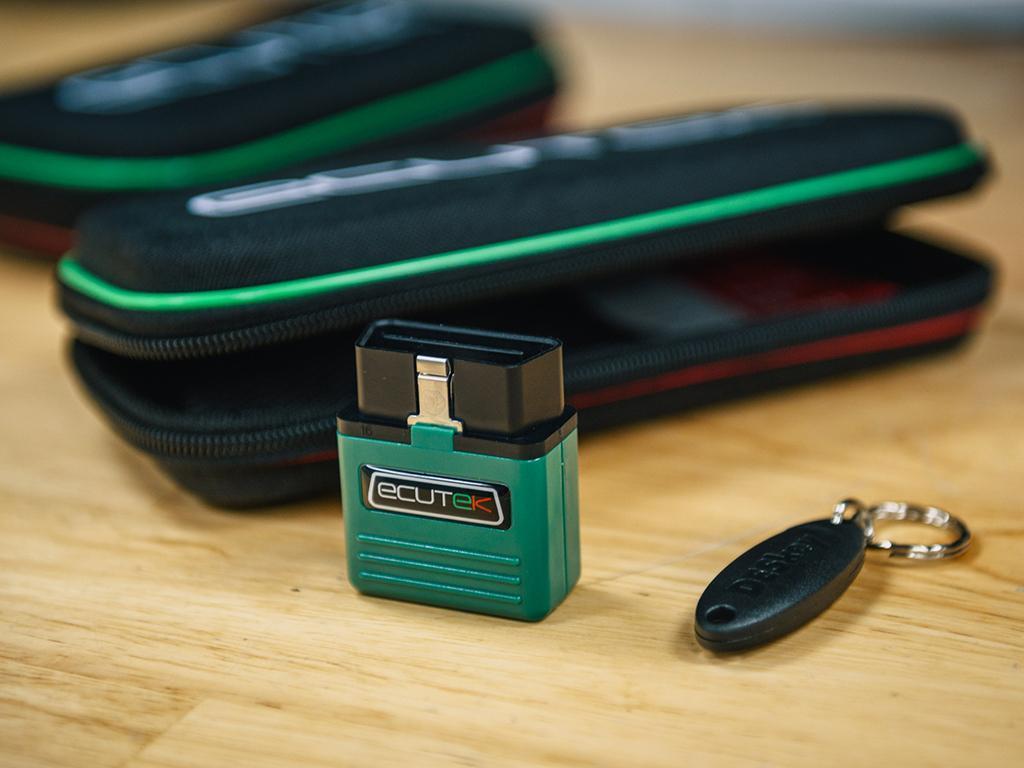
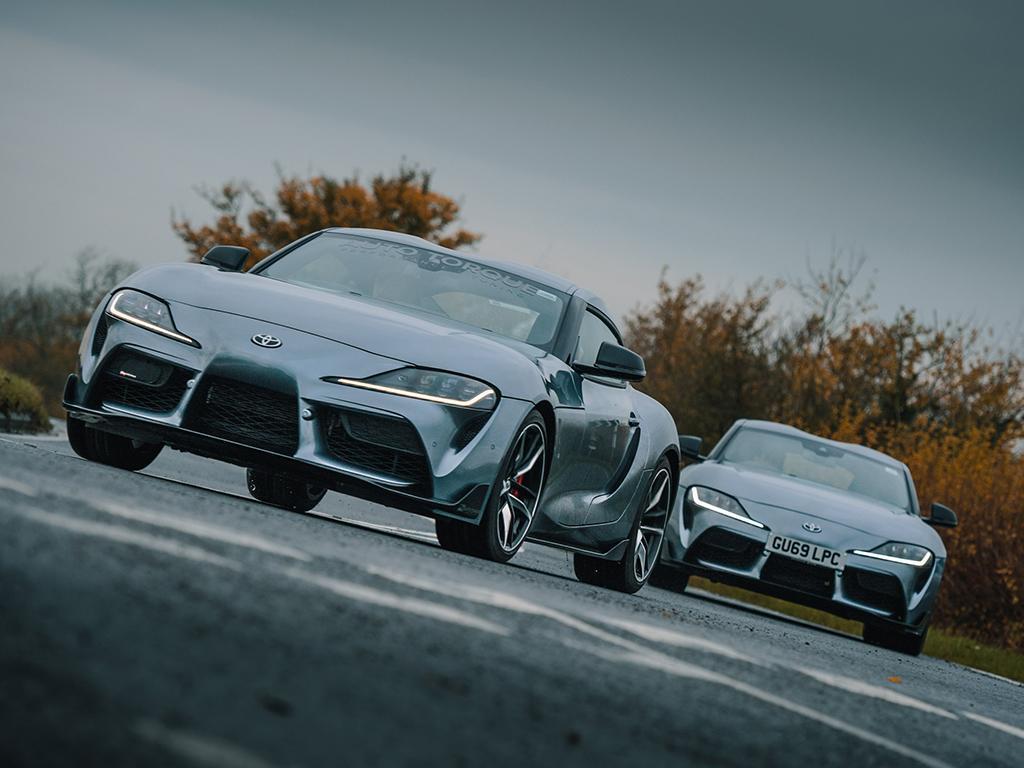


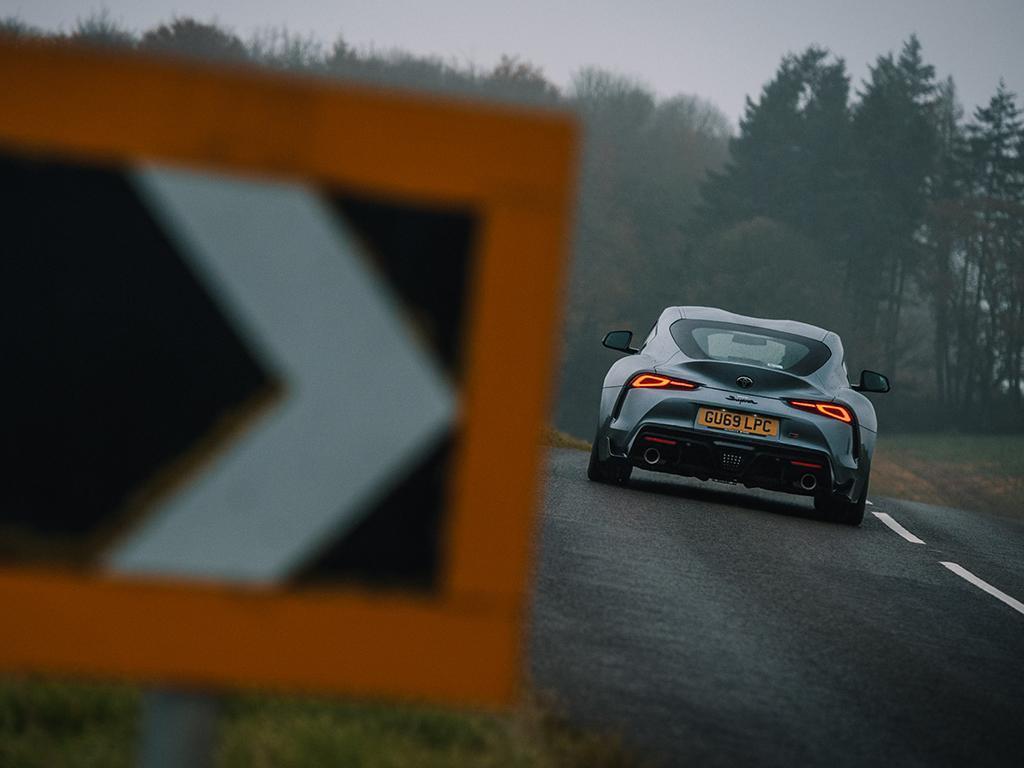

PHOTO CREDIT | SIM MAINEY
Gassing Station | General Gassing | Top of Page | What's New | My Stuff



